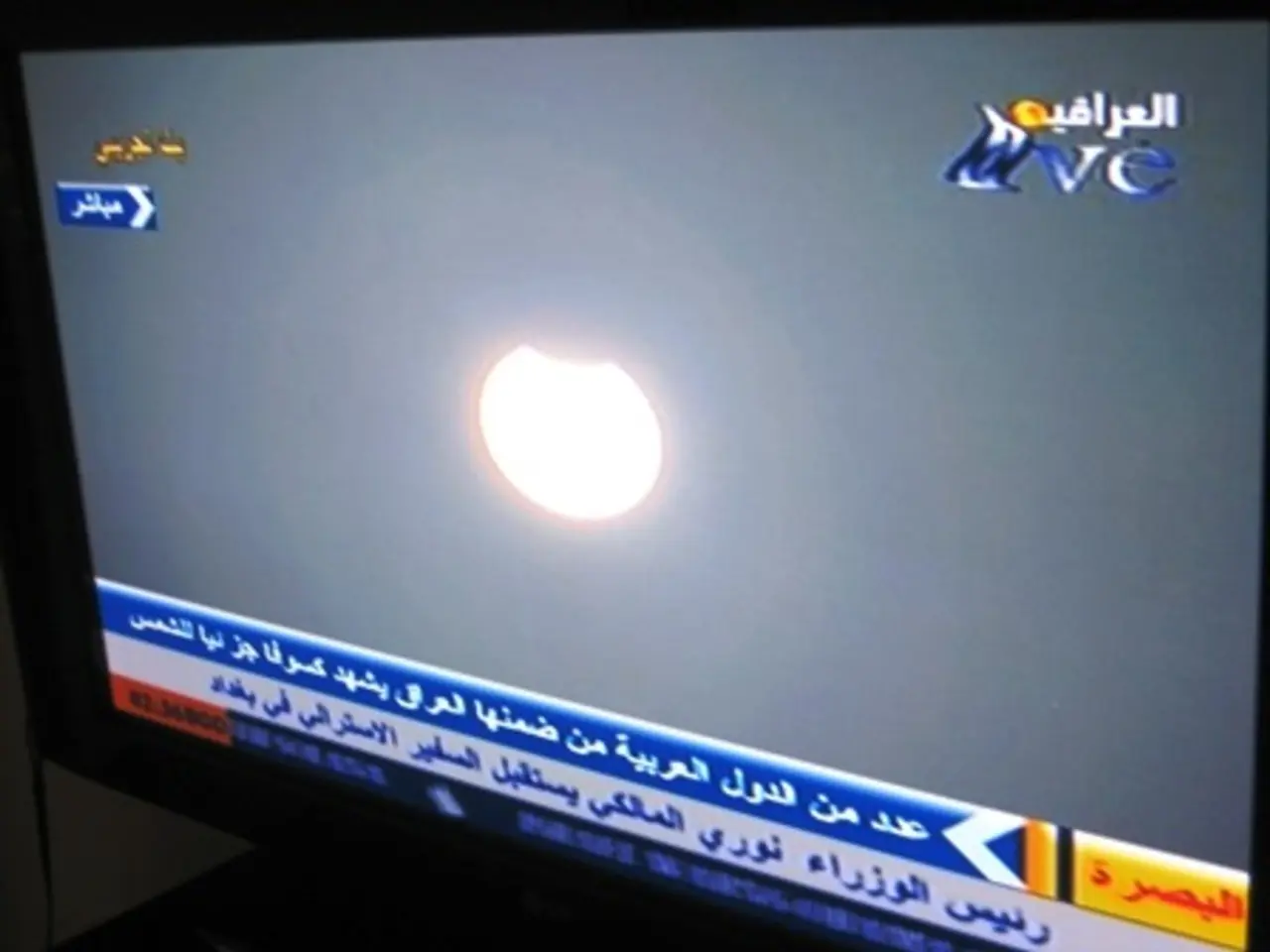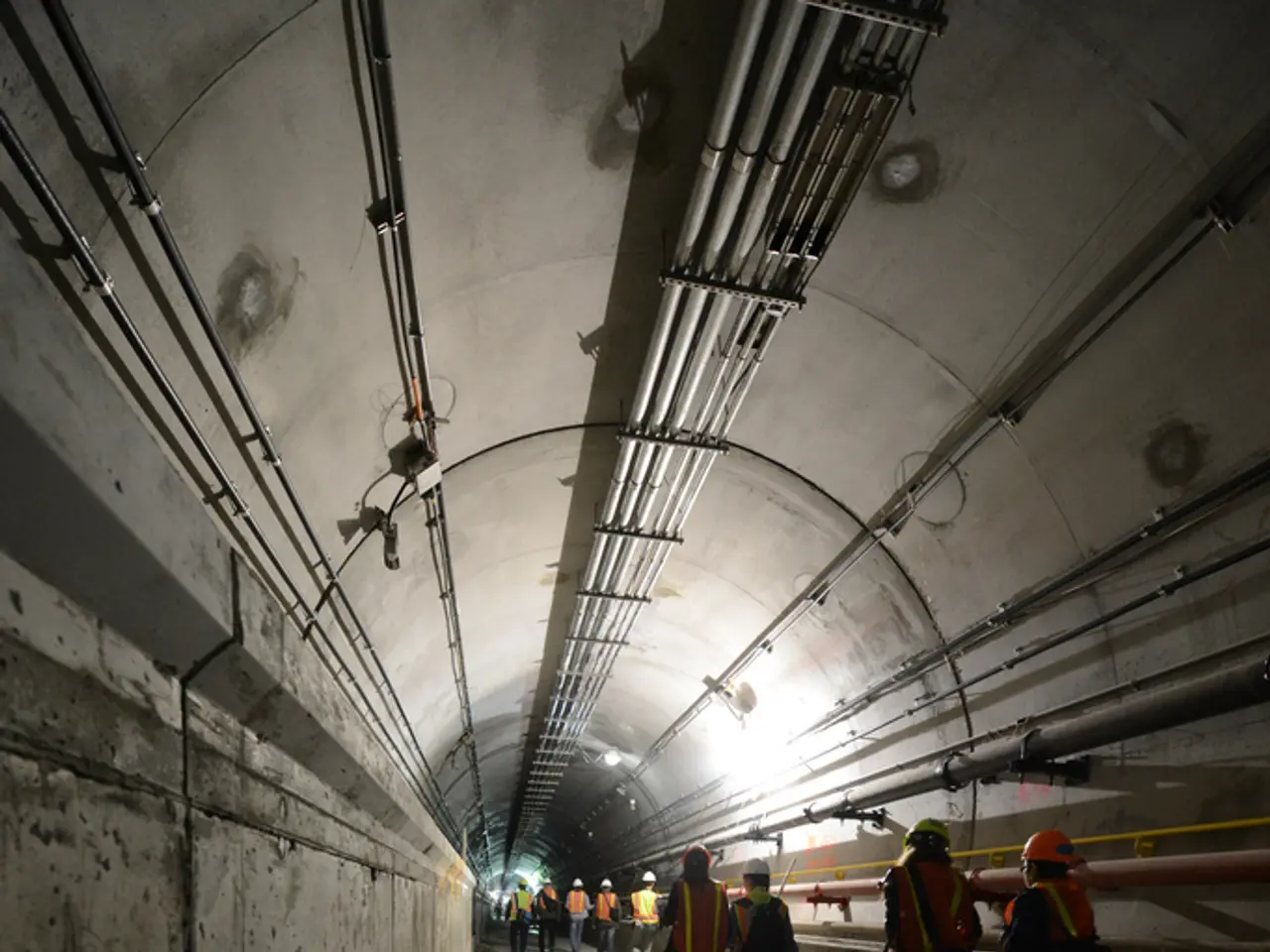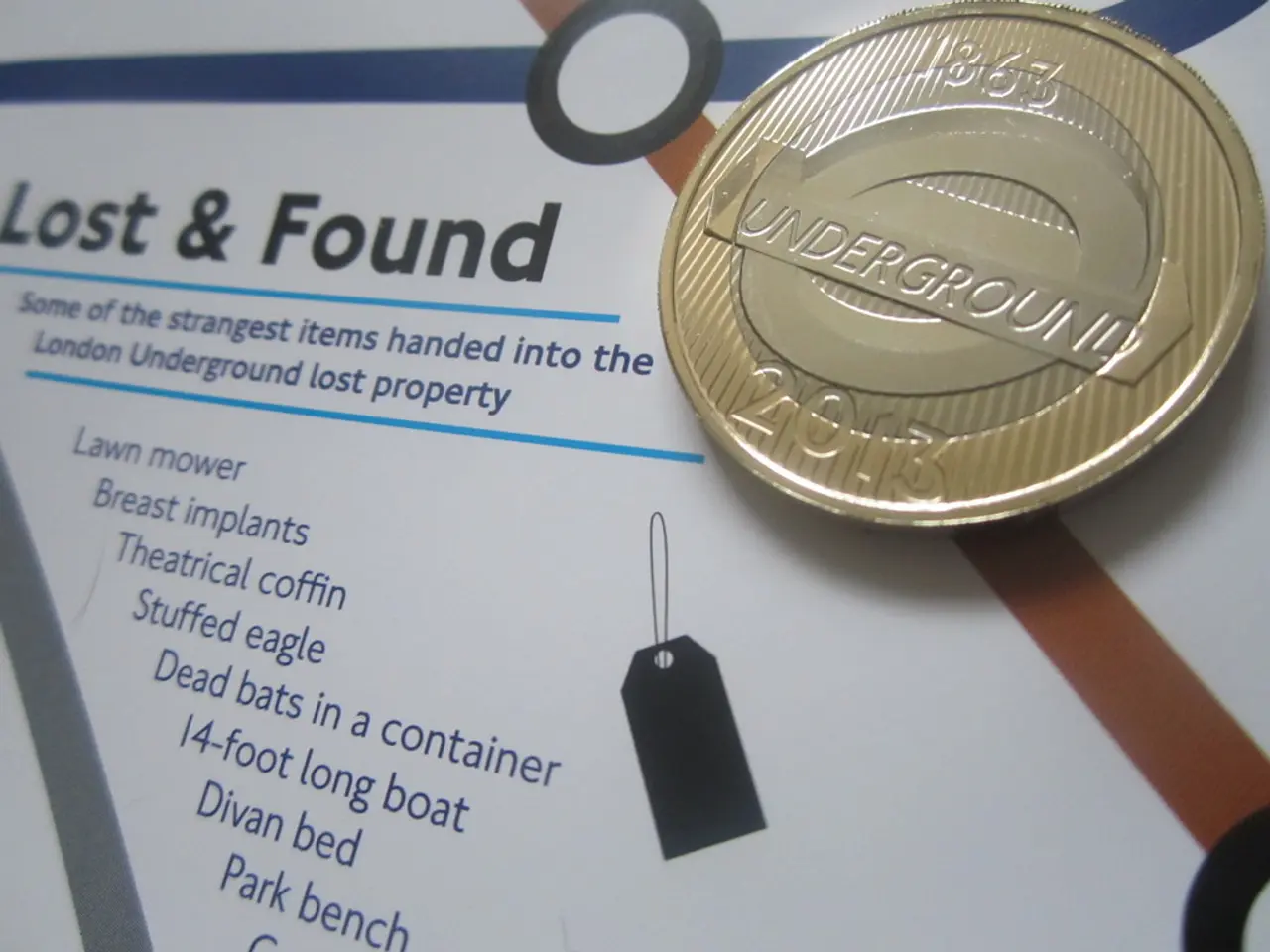Understanding Telescope Aperture: Its Importance and Requirements
When it comes to exploring the cosmos, a good telescope is essential. One of the most important factors to consider when buying a telescope is its aperture, which is a measurement of its light-gathering capacity.
Aperture Matters
Aperture is crucial for both visual astronomy and astrophotography. For even basic astronomy, a minimum aperture of 70mm (2.8-inch) is recommended. The higher the aperture, the better the views your telescope will provide. Telescope apertures range from 50mm (2-inch) to 400mm (16-inch) for models you can buy from regular retailers.
Balancing Cost and Performance
Aperture is the best indicator of how good a telescope will be. Telescopes with aperture of 200mm+ provide the best views but come at high prices. An intermediate range for telescopes, costing more but providing much better views, is 100mm to 200mm aperture.
For general visual astronomy, apertures between 70mm and 100mm (2.7 to 4 inches) are common for beginners because they balance light-gathering power, portability, and cost while still offering good views of the moon, planets, and some brighter deep-sky objects.
Astrophotography Requirements
For astrophotography, especially of deep-sky nebulae and galaxies, beginner-friendly telescopes with apertures closer to 6 inches (150mm) are preferred. This is because a larger aperture allows for more light to be gathered, which is crucial for capturing detailed images.
However, it's important to note that higher aperture can put more demand on the mount and increase tracking errors in astrophotography. Therefore, a good balance between aperture and mount stability should be considered.
Choosing the Right Telescope for You
In summary, for beginner astronomy, apertures around 70-100mm (2.7-4 inches) are practical and beginner-friendly. For beginner astrophotography, at least 6 inches (150mm) aperture is recommended to gather sufficient light for quality images, especially with shorter focal lengths for wider fields.
Remember, focal length and focal ratio are also important alongside aperture—the combination defines magnification, field of view, and exposure time needed in astrophotography.
So, our recommendation is to buy a telescope with a minimum aperture of 70mm (2.8-inch). This will provide a good balance between cost, portability, and performance for both visual astronomy and astrophotography.
Happy stargazing!
References:
- Starlust.org (2025) - recommends ≥6" aperture for astrophotography
- Svbony SV550 122mm review (2025) - medium aperture refractor suitable for astrophotography beginners
- Popular Mechanics (2025) - beginner scopes typically 70mm aperture, focus on portability and simple setup
- Space.com (2025) - beginner astrophotography telescope recommendations, emphasizing functionality with smaller apertures for ease of use but noting limitations for deep-sky imaging
- Telescope aperture is a figure that is given in either inches or millimeters and is usually made clear in the model name of the telescope.
- With astrophotography, higher aperture can put more demand on the mount and increase tracking errors.
- A good minimum range for basic telescopes at budget prices is 70mm to 90mm aperture.
- Higher aperture in a telescope results in a heavier telescope.
- The only downsides to higher aperture are that it costs more and results in a heavier telescope.
- For viewing planets, a high focal length is good because it provides high magnification for details.
- For visual astronomy and astrophotography, a good aperture is crucial, with a minimum of 70mm recommended for even basic astronomy.
- Telescopes with apertures ranging from 50mm to 400mm can be bought from regular retailers, with higher apertures providing better views.
- For astrophotography, especially deep-sky imaging, telescopes with apertures closer to 6 inches (150mm) are preferred for gathering sufficient light.
- A balance between aperture and mount stability should be considered in astrophotography, as higher aperture can increase tracking errors.




